If people admit to knowing anything about wine, it tends to be about the sparkly stuff, I find. Narrowing it down, what most tend to know about is Champagne because of its constant referencing in either history or popular culture.
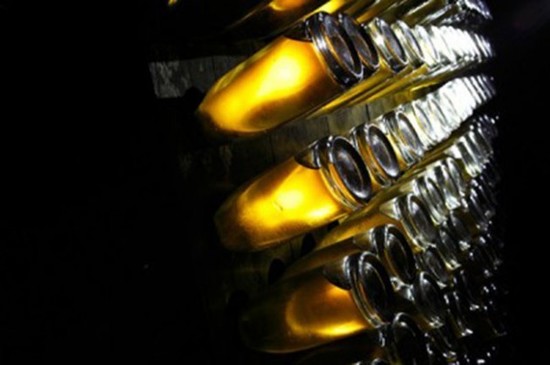
France
Throughout the WSET level 2 course, it has been reinforced that you can’t call all sparkling wine Champagne unless it comes from the Champagneregion, and the Champagne region is in France. Erica, our teacher, also tells us that the Saumur AC, which produces wine using the Chenin Blanc grape, also produces Crémant – sparkling wine which uses bottle fermentation and the ‘traditional method’ (removing the yeast after the second fermentation directly from the bottle rather than ‘transferring’ it to a tank, where it is filtered).
So, once again, France is one of the most, possibly the most significant country for sparkling wines. But then you have to determine what kind of champagne you’re quaffing. I’ll drink all Champagne, so this is not as crucial to me, but the Champagne you’d consume day-to-day (assuming you can afford to do so!) will be ‘non-vintage’ or ‘NV’. The climate is temperamental in Champagne, so producers have to blend vintages to achieve the consistency for a decent bottle. ‘Vintage Champagne’ is only made in ‘the best years’ and is going to be ‘very high quality’, Erica says, It has the year written on the label.
Something I found out quickly however, that despite the clout ‘Champagne’ commands, many countries’ wines are challenging its supremacy.
Spain
Spain’s Cava is a close relation to champagne in that it is both bottle-fermented and uses the traditional method. As such, Cava has the autolytic flavours – biscuit, toast – of Champagne. I must confess, Cava has always been associated with cheapness among my peer group, and I hang my head at how readily I dismissed it based on the false assumption it was lower quality. The Cava we sampled in our lesson was of similar quality to the champagne we had, but a fraction of the price.
As a general rule, bottle-fermented sparkling wines are made in the ‘Brut’ fashion, which means they’re dry. You’ll often see that on Champagne, Cava, and New World bottle-fermented wines.
Italy
Italy has muscled in on the sparkling world with its dry and sweet sparklers. Prosecco, the signature global wine, is a tank-fermented dry/off-dry product, and is ridiculously popular in the UK. It’s everywhere. Asti, Italy’s sweet sparkling white, has lower alcohol, and it’s sibling Moscato d’Asti is even less alcoholic. Perhaps, it’s the onomatopoeic nature of the Italian words, but the labelling on Prosecco is bubbly. ‘Spumante’ (fully sparkling) or ‘frizzante’ (lightly sparkling) have a refreshing tone to them. They make me think of spumes of bubbles fizzing out in celebration; which I’m sure is the producers’ intentions. Prosecco and Asti tend to be ‘spumante’, although Erica says it doesn’t ‘usually say that on the label’. Moscato d’Asti is only given a ‘light sparkle’.
Germany
I was unaware that in Germany they drink ‘a lot of sparkling’ wine. ‘They can’t get enough from their own producers,’ Erica says. Therefore, they often bring in a base wine from the EU to make their ‘Sekt’ (pronounced Zekt), which is the German term for sparkling wine. They need mentioning because some high-quality bottle-fermented wines are produced in Germany. In terms of labelling, if you see ‘Deutscher Sekt’ written on your bottle, you know that the base wine can only be one made in Germany – ‘the grapes have to be from Germany’.
Complexity
What I found tough to deal with in sparkling wines was the proliferation of types, rules, regulations and labels. There is so much to take in.
Once you’ve established what you’re even drinking: Champagne, Cava, Prosecco, Asti, Sekt, there is a host of labelling terms which determine how your wine was produced. ‘Tank method’ is hardly going to sound alluring on the side of a bottle, so it’s nigh on impossible for you to see that on a label. However, given the history and tradition of producing sparkling wines, bottle-fermented products will have some weird labelling. Anything that has ‘Traditional Method’, ‘Méthode Traditional’ or ‘Méthode Champenoise’ on it, means that wine has removed its yeast straight from the bottle. South Africa has devised its own custom term for the traditional method: ‘Méthode Cap Classique’. Although I am, on occasion, a fan of flowery language, this seems completely superfluous, but that’s just me.
If a label says ‘Bottle Fermented’, you will know that the wine is still a (probably) complex wine with yeast contact and autolytic flavours, but has been disgorged using the ‘transfer method’ – again, not a very enticing slogan.
All rights reserved by Future plc. No part of this publication may be reproduced, distributed or transmitted in any form or by any means without the prior written permission of Decanter.
Only Official Media Partners (see About us) of DecanterChina.com may republish part of the content from the site without prior permission under strict Terms & Conditions. Contact china@decanter.com to learn about how to become an Official Media Partner of DecanterChina.com.

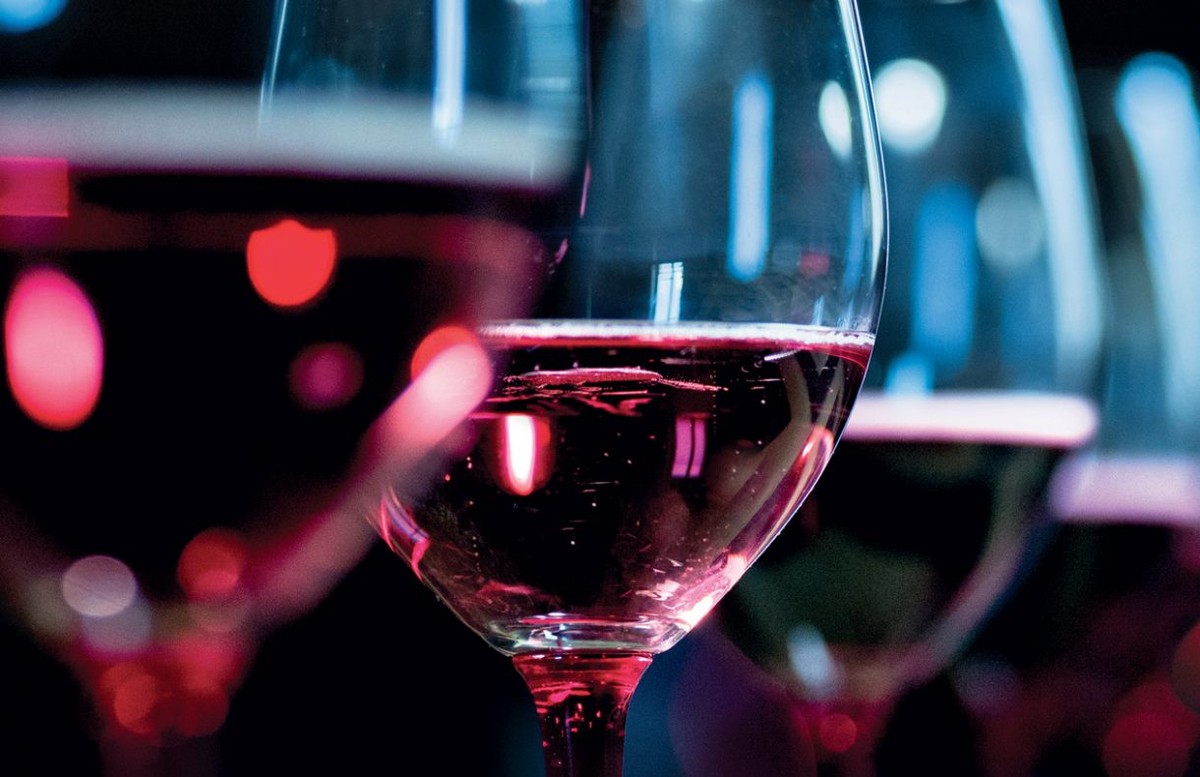
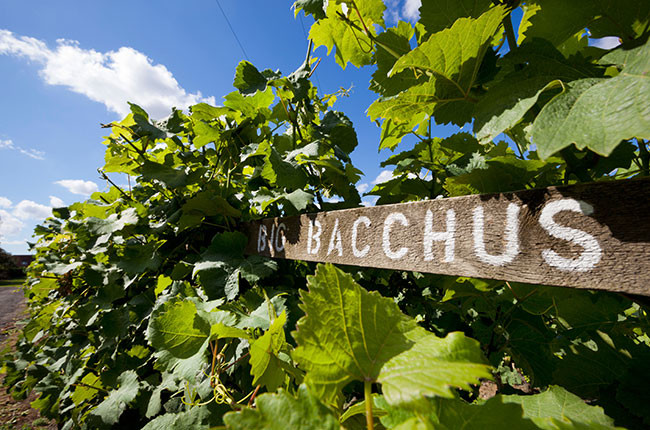
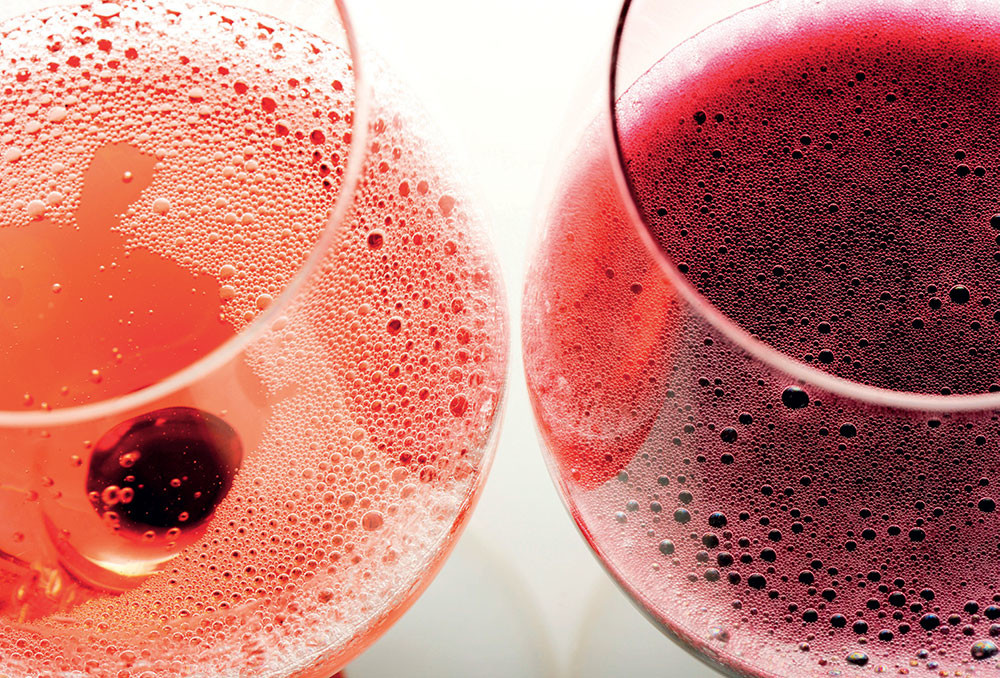
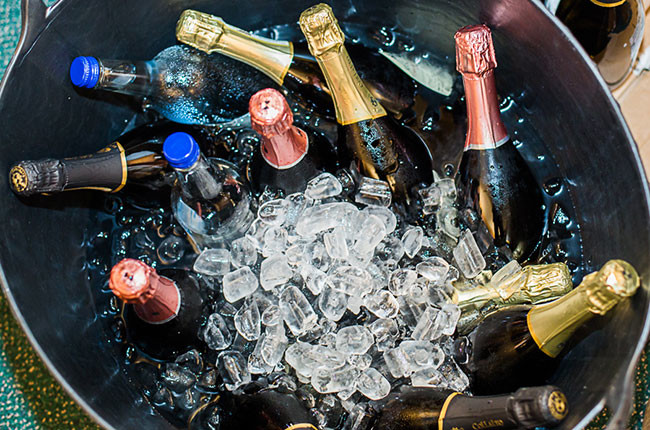
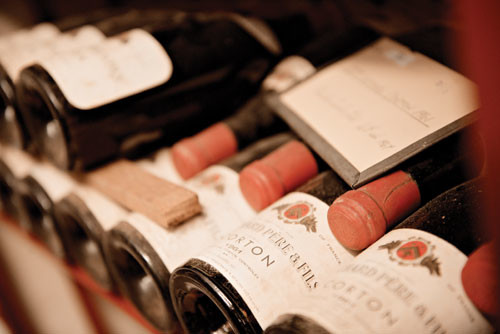
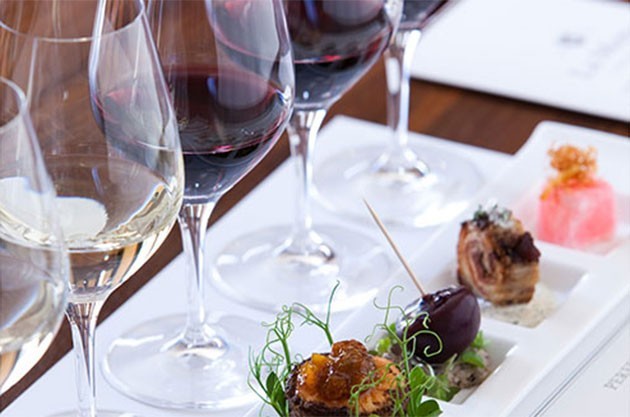
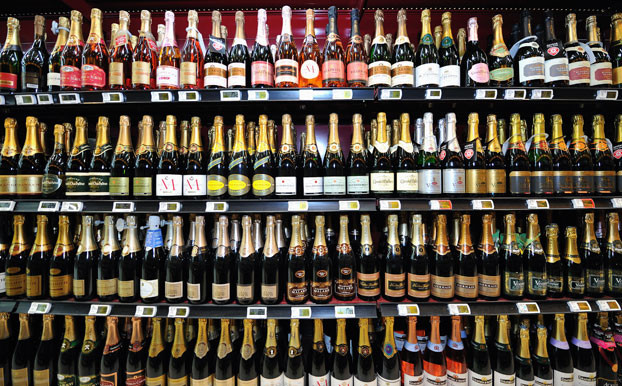
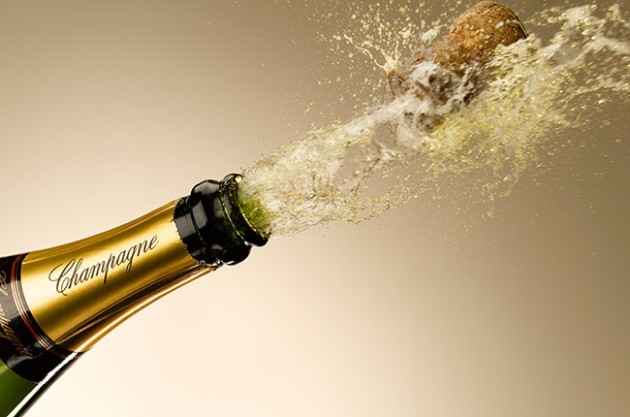
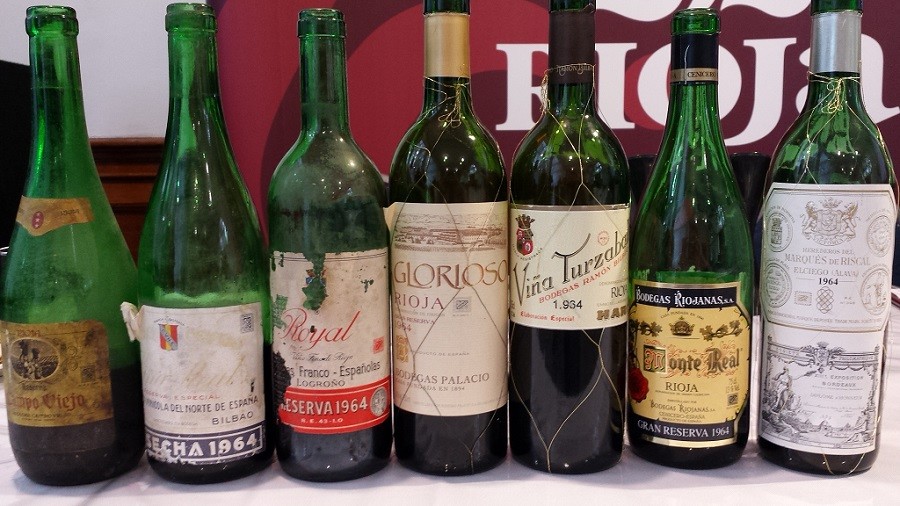
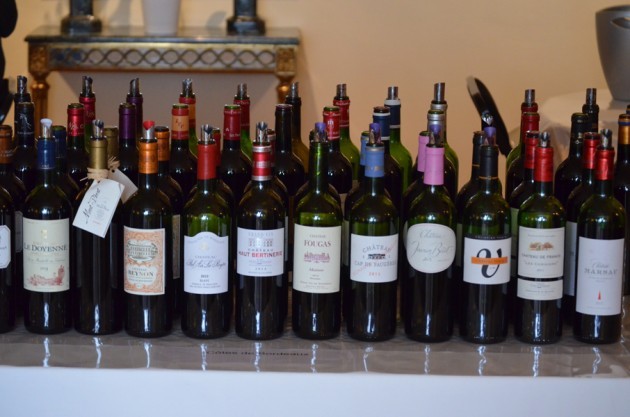
Comments
Submit